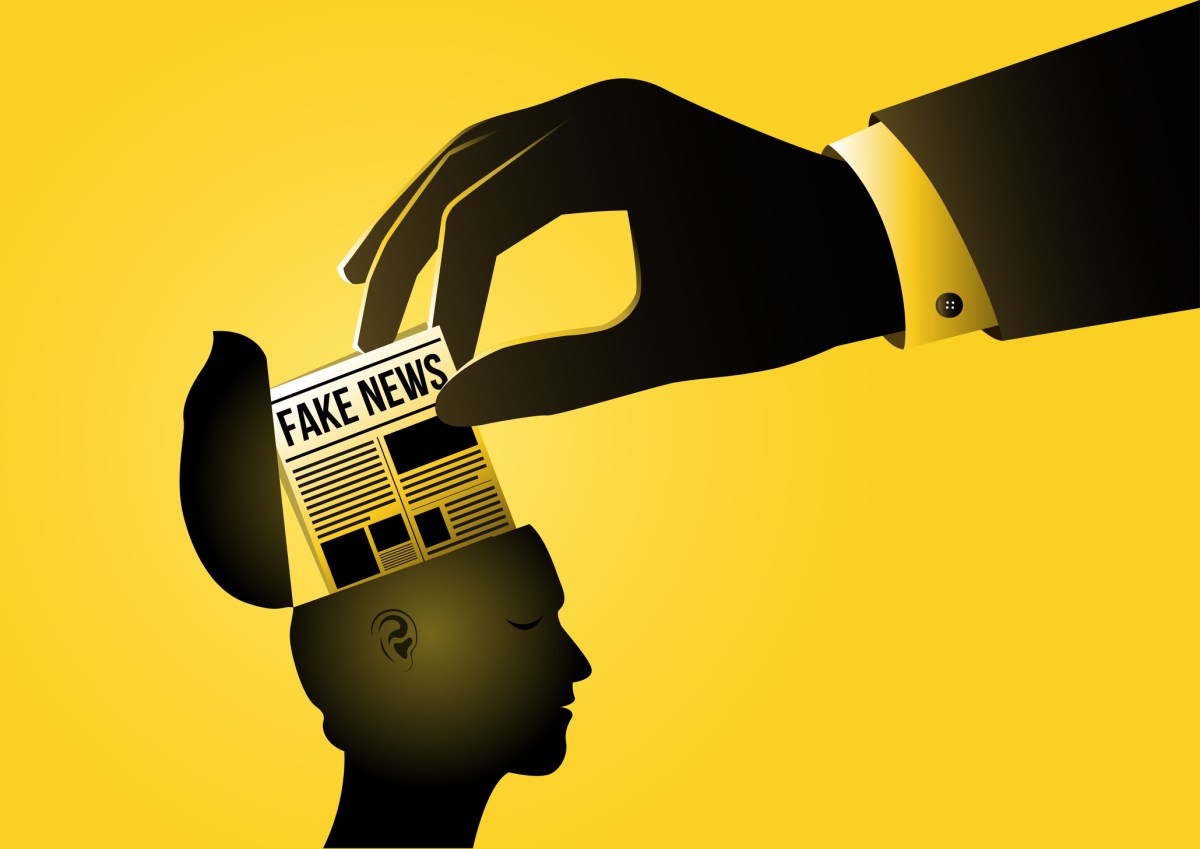After watching the EOTO presentations, I was able to learn about different aspects of awareness, the mediasphere, theories, policy, and the age of artificial intelligence. Specifically, I found the Five Eyes to be interesting as well as the subject of disinformation.
From the presentation regarding the Five Eyes, I learned that this group is an intelligence alliance including the United States, United Kingdom, Canada, Australia, and New Zealand. This alliance has been in existence since the end of World War II, and has played a vital role in shaping global intelligence gathering and analysis. The Five Eyes alliance is considered one of the most comprehensive intelligence alliances in the world, and its members share information on a wide range of topics, including military intelligence, cyber threats, terrorism, and espionage.
Formed during the Cold War, the Five Eyes alliance was put into place to share intelligence information between these countries and to cooperate in the areas of military and intelligence gathering. According to an MIT article, I also learned that the alliance was initially established to monitor Soviet activities during the Cold War, and was instrumental in the collapse of the Soviet Union.
However, The Five Eyes intelligence alliance has been accused of violating the privacy of citizens globally due to its extensive surveillance activities. The alliance members collect vast amounts of data through their intelligence gathering capabilities, including signals intelligence, human intelligence, and geospatial intelligence. This data is then analyzed by sophisticated computer programs, which can identify patterns and anomalies that may be of interest to intelligence agencies. This data can reveal a lot about a person's life and can be used to monitor their activities, even if they are not suspected of any wrongdoing. The lack of transparency and accountability of the alliance makes it difficult to know the extent to which citizens' privacy rights are being violated, and it highlights the need for greater oversight and regulation of intelligence gathering activities.
The next topic I learned about was disinformation. Disinformation can be defined as fake news being spread in order to harm someone or a group of people. Comparatively, the presenter also discussed misinformation and malinformation. Misinformation occurs when fake news is spread, however, people aren’t aware that it is fake news. On the other hand, Malinformation is information that is true but is used to harm someone in some way.
Disinformation can be spread through various mediums, including social media, traditional media, and word-of-mouth. It can be used to influence public opinion, sow confusion, and even manipulate elections. The consequences of disinformation can be severe, and it can have a profound impact on individuals, communities, and even entire countries. One of the biggest challenges of disinformation is that it is often difficult to detect. Disinformation can be disguised as legitimate news, and it can be spread through networks of bots or fake accounts on social media platforms. This makes it challenging for individuals to distinguish between fact and fiction, and it can create confusion and uncertainty.





No comments:
Post a Comment